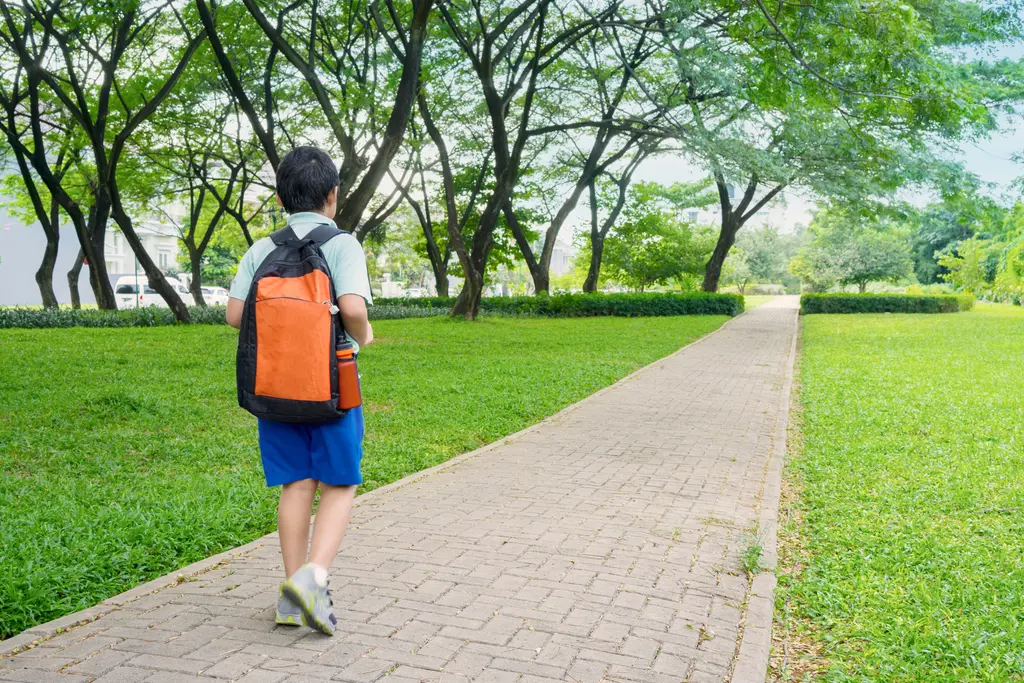Sensitive content
This site contains sensitive content that includes references to sexual violence.

As a child, I experienced sexual violence at the Marianist School in Buenos Aires by the now-former Marianist Brother Fernando Picciochi, who, as a teacher and clergyman, also abused other students at that school.
"One of the most painful aspects of this crime is that the victims and survivors carry shame and guilt, partly because the abuser is often someone close to you, someone in whom you place your trust."
It could be your father, your grandfather, your uncle, a brother, a cousin, a teacher, a religious figure, your mother, a caregiver, or a sports coach.
Like so many other survivors of sexual violence in childhood and adolescence, one of the things I had to endure was carrying this experience in silence and isolation throughout my adolescence and early adulthood. At that time, I didn’t have the context to share my experience and ask for help.
I attended a deeply authoritarian school, where abuses of power by teachers towards students were commonplace. As an all-boys school, it reinforced gender stereotypes of hegemonic masculinity, where there was supposedly only one way to be and feel like a man.
For the students, this meant not expressing or sharing their emotions and feelings, in spite of our experiences of physical and emotional violence. All of this was further legitimized by our families, who chose that school for us.
In my family, a middle-class family from Buenos Aires, violence was present as well. Gender-based violence from my father towards my mother, and violence from both of them towards my sisters and myself.
"I felt completely helpless in both of these environments. I felt like I had no trusted adults to turn to, and no way to express what was happening to me, until I was 23 years old."
Over time, I realized that what had happened to me was a crime and that I had the right to healing and justice. It was a difficult process, as I didn’t even have a lawyer, and I was scared of both the judicial system and society’s judgment—of being exposed. I asked myself: What will people think of me? What will they say about me?
Unfortunately, the vast majority of us were poorly educated and socialized around gender stereotypes that dictate, for example, that a man is supposed to be invulnerable.
"Simply allowing yourself to feel and think that as a child, you were vulnerable by definition, and that you were a victim and you were violated—something as seemingly simple as that — can be incredibly difficult for men to recognize and share."
Another issue men have to deal with when sharing our experiences publicly is being seen as potential perpetrators.
We know that there is a link between experiencing sexual violence in childhood, not receiving psychological and social support and the possibility of becoming an abuser in adulthood. But this doesn’t mean that all of us who were abused will become abusers. However, the fear of being seen as a likely perpetrator keeps many men silent.
In my case, despite these concerns and overcoming the poor education I had received at school and at home, I decided to file a report. This led to a legal case that I fought for 12 years until, at the age of 36, I finally reached a public trial where my abuser—along with others who had abused children more than two decades ago—was judged and sentenced to 12 years in prison.

While the trial was ongoing, I began writing journalistic pieces telling my story. That experience was very healing and a turning point in my life. I was deeply surprised by the response I received from society.
"People who saw me and listened to me in the media, from all sorts of different places, began reaching out to share their own stories of childhood sexual violence, or their current struggles to protect their children."
A crucial aspect of being a man who publicly shares his story with society is that it encourages and empowers men from different generations, social backgrounds, cultures, and locations to feel they can begin putting into words what they suffered in their childhoods.
It was in this context that I met Silvia Piceda, a survivor and children’s rights activist, who became my life partner. Our work together began when, in 2012, we founded Adultxs por los Derechos de la Infancia.

Through our organization, we work on providing support to survivors and protectors of children who are victims of sexual abuse and other forms of violence in childhood, raising awareness about child sexual abuse in various community settings, and challenging governments, international organizations, and society at large to create violence-free communities for children.
